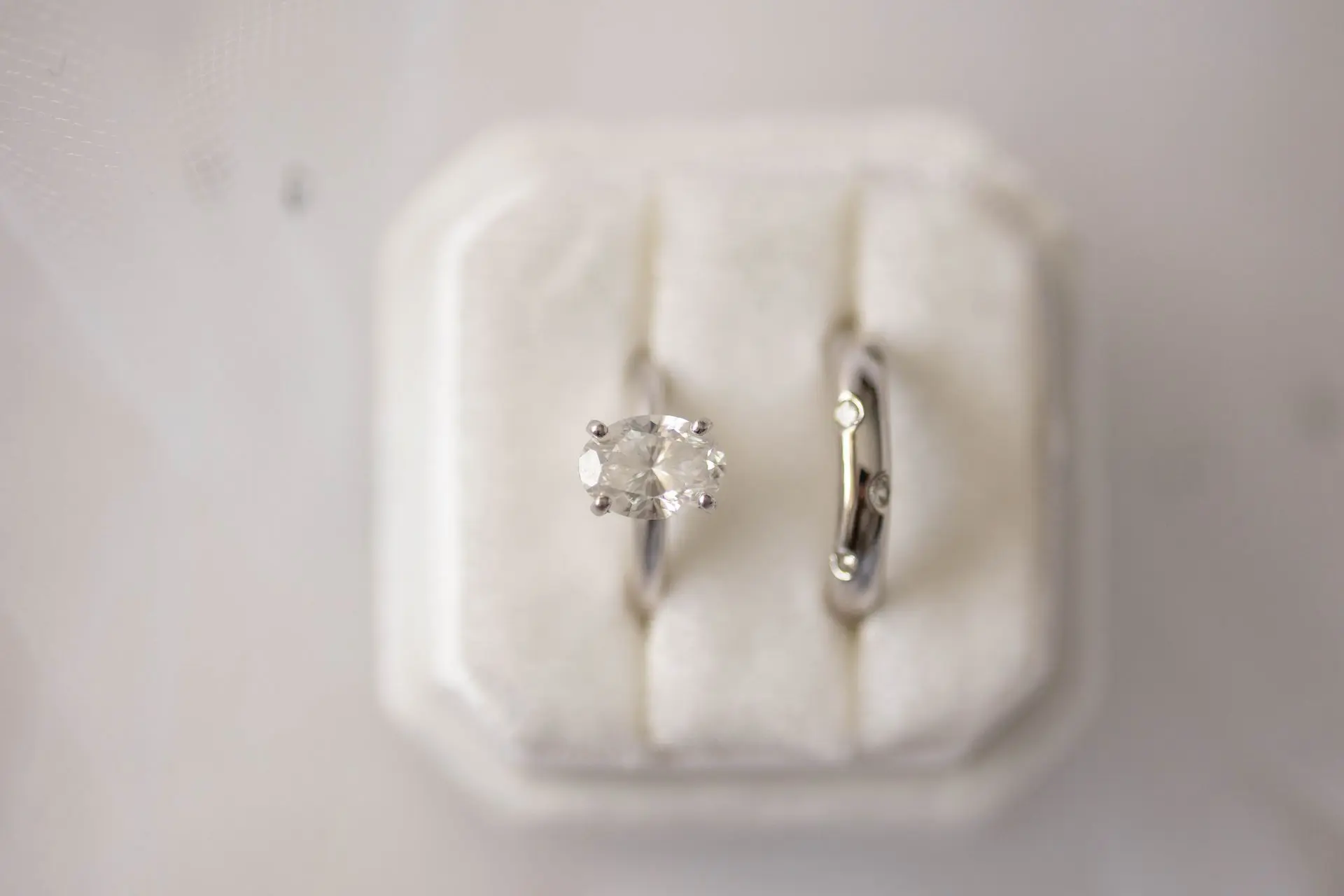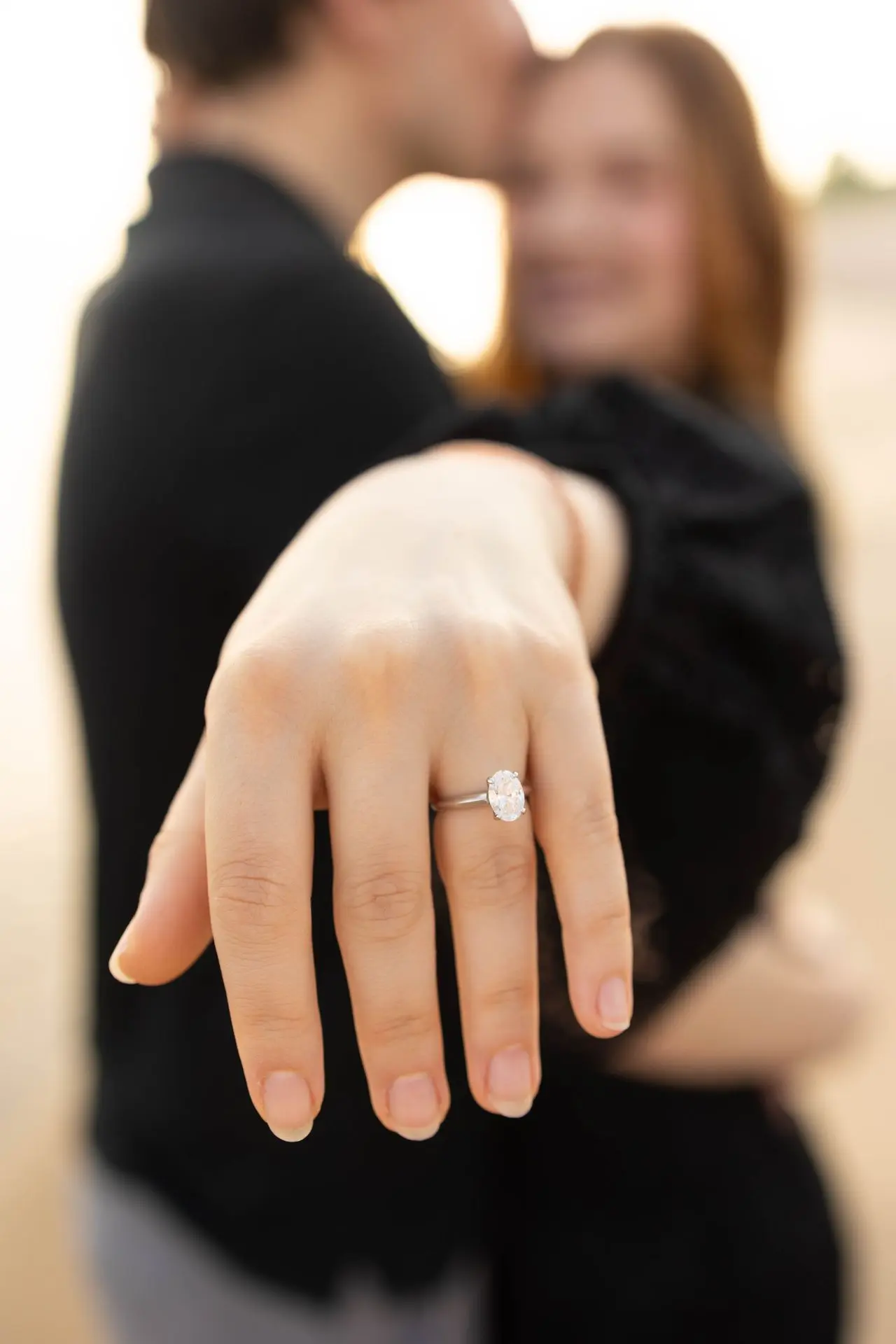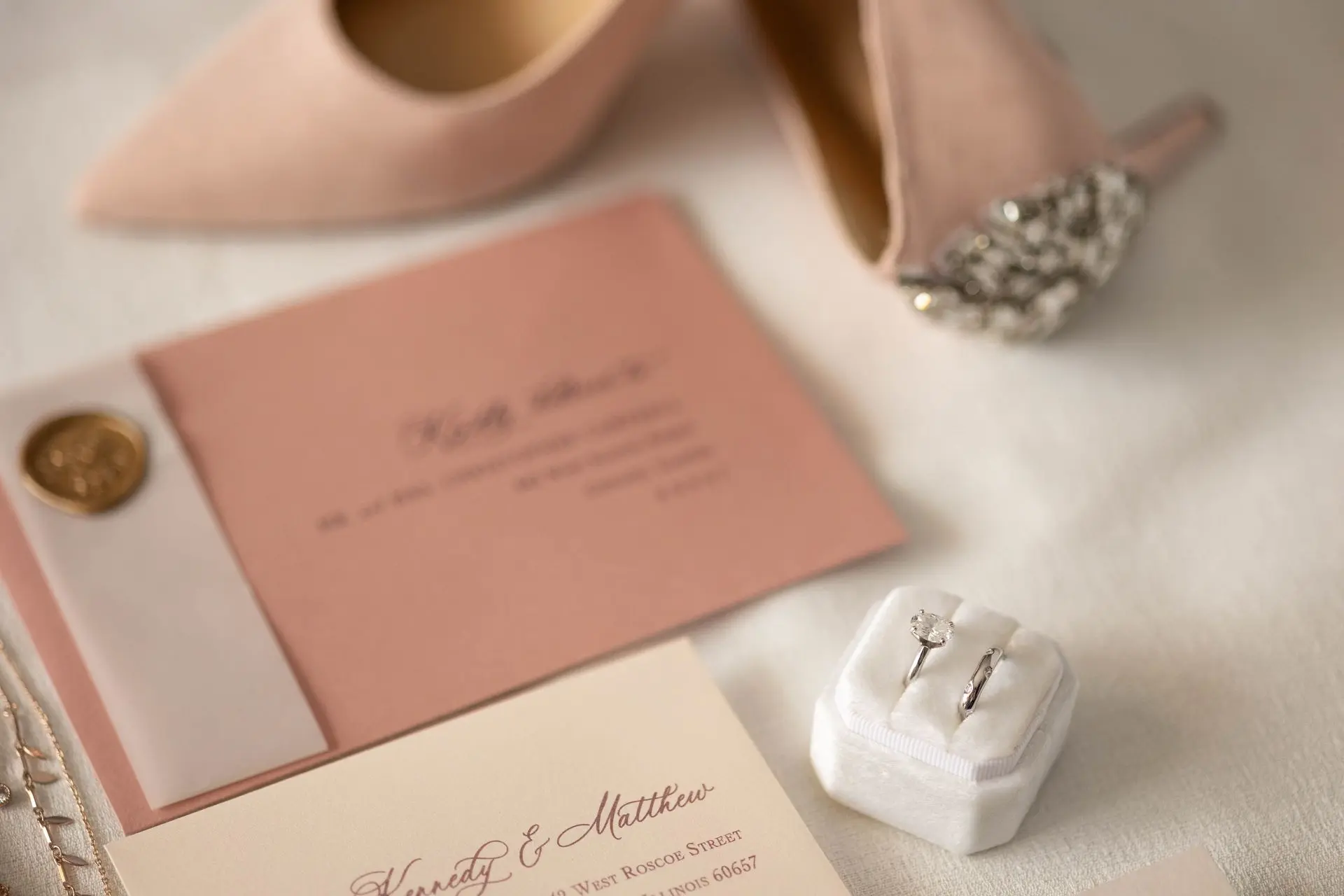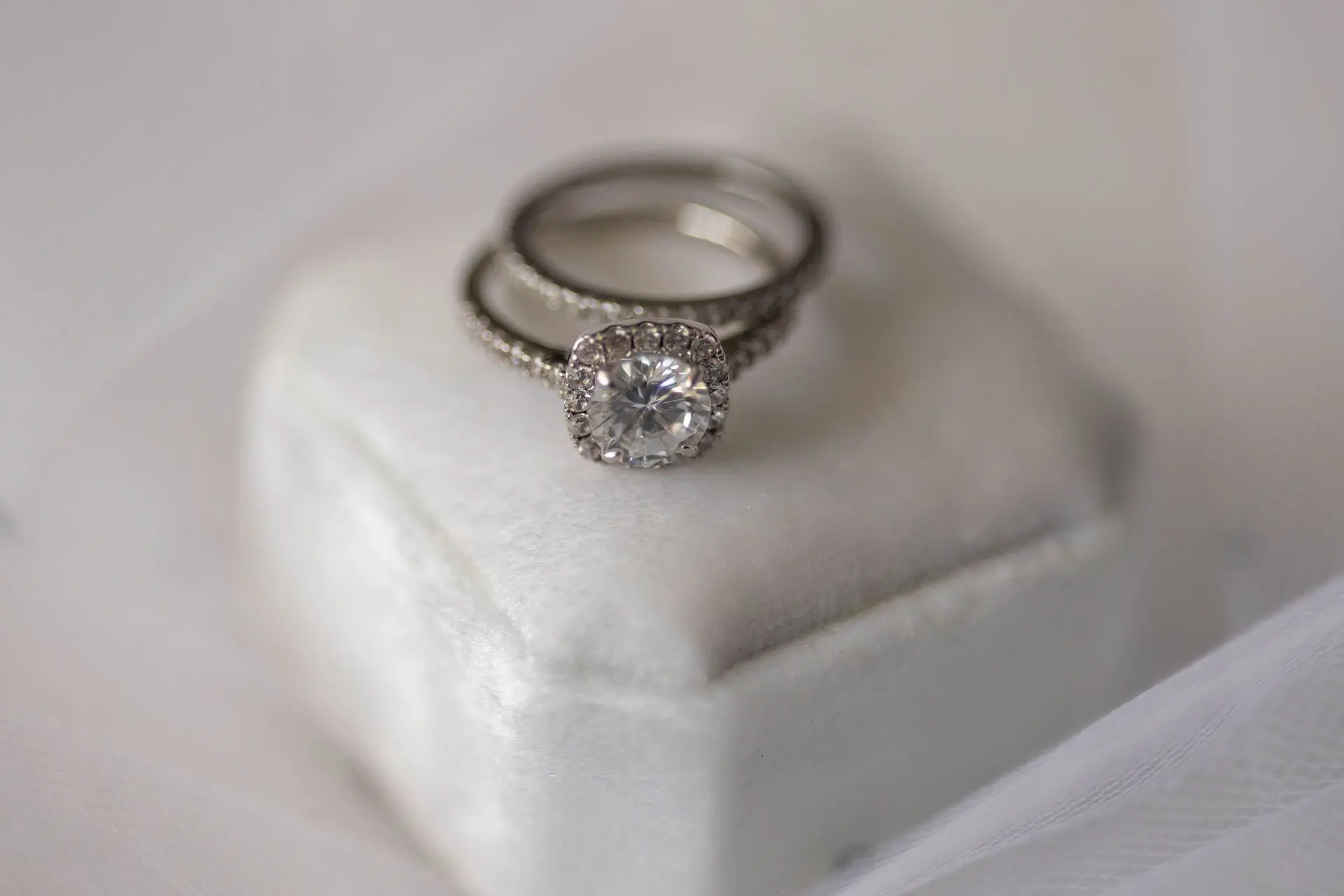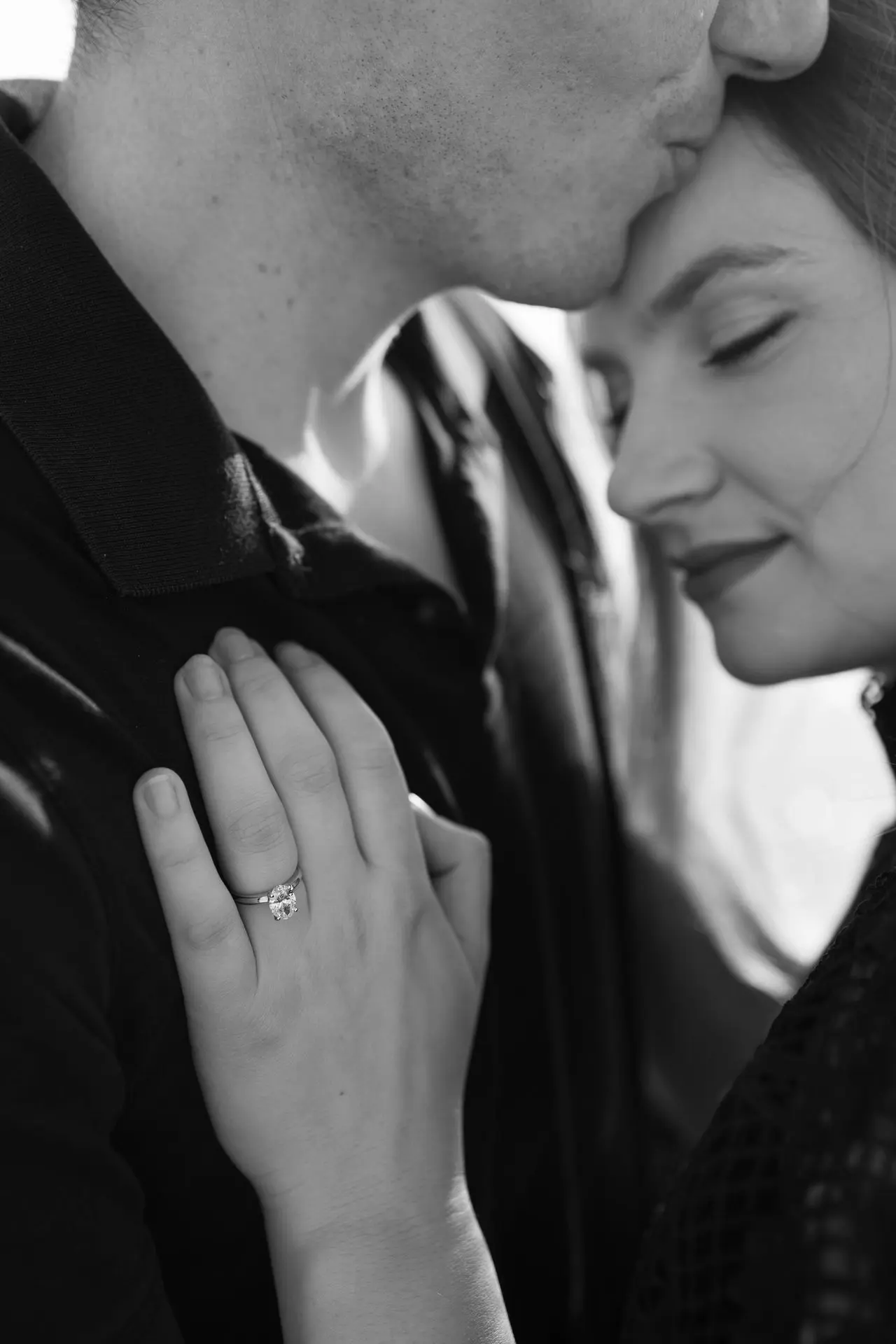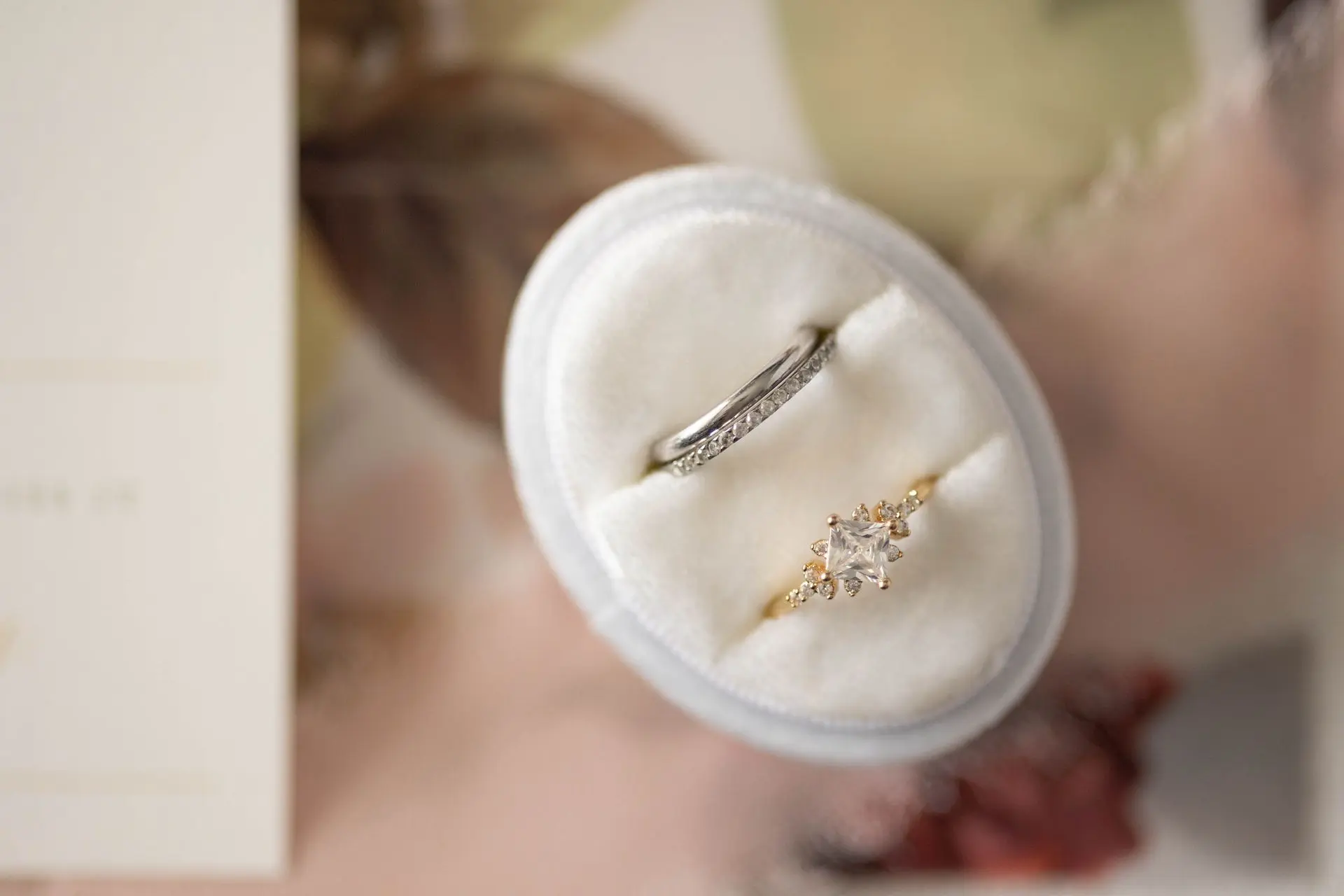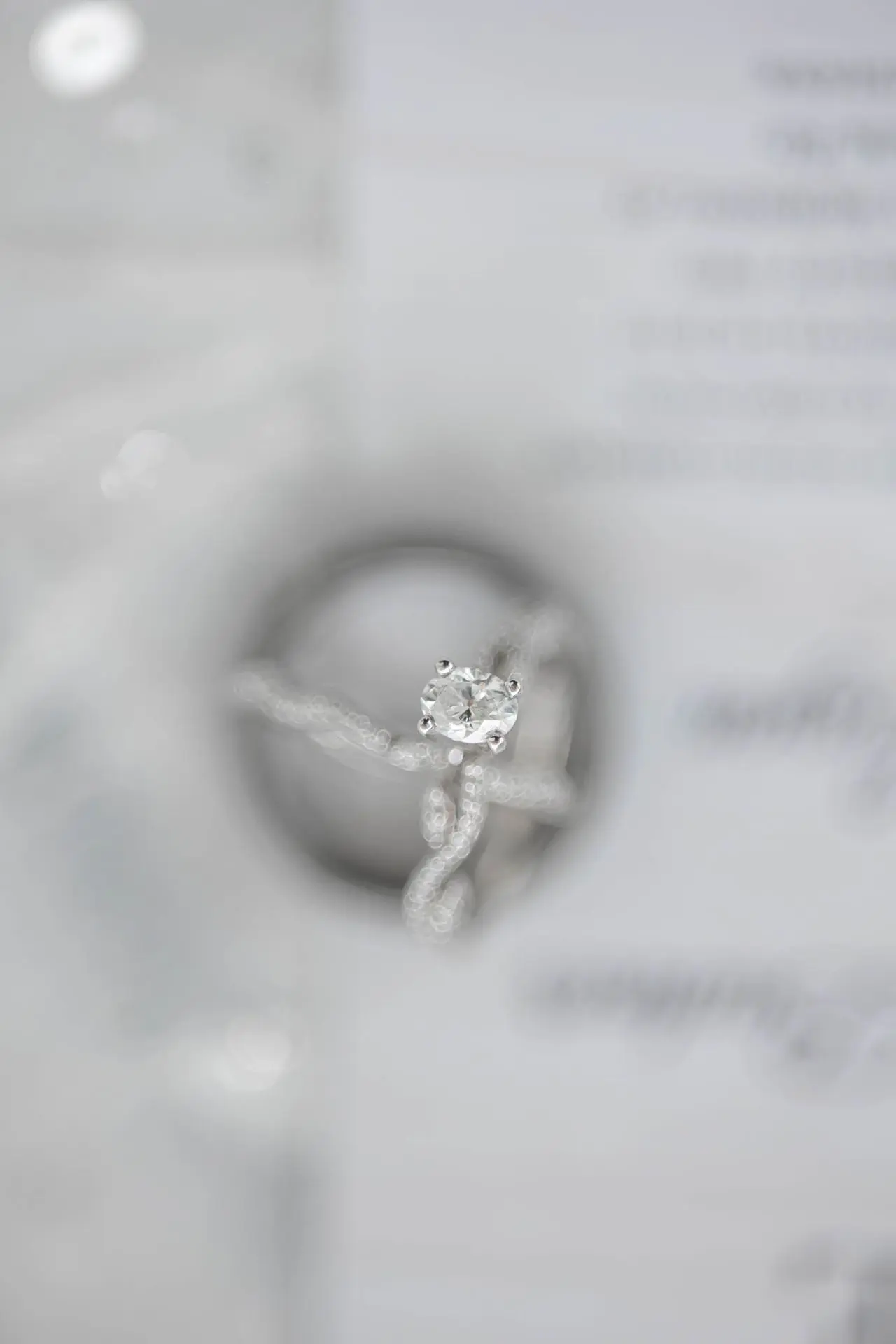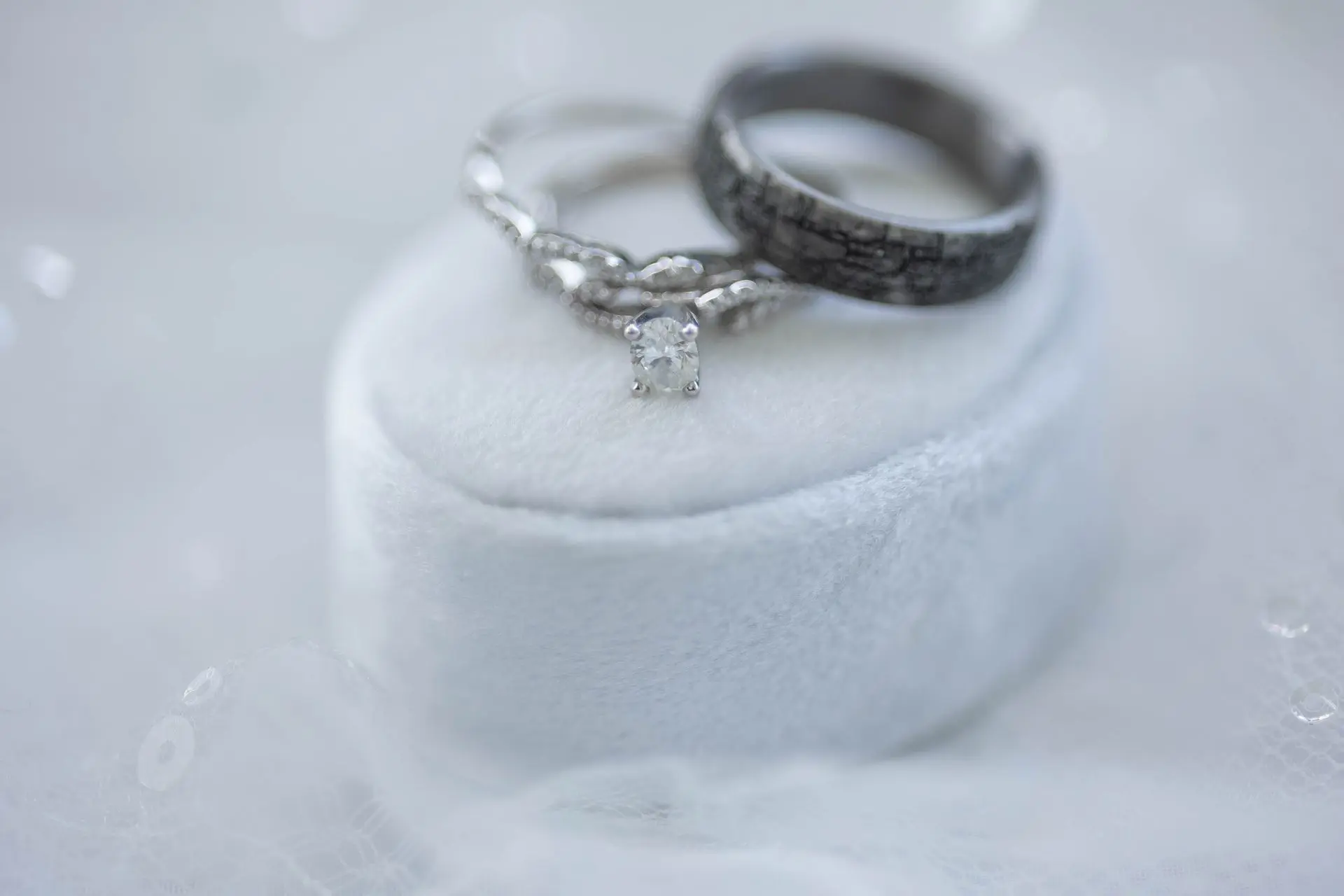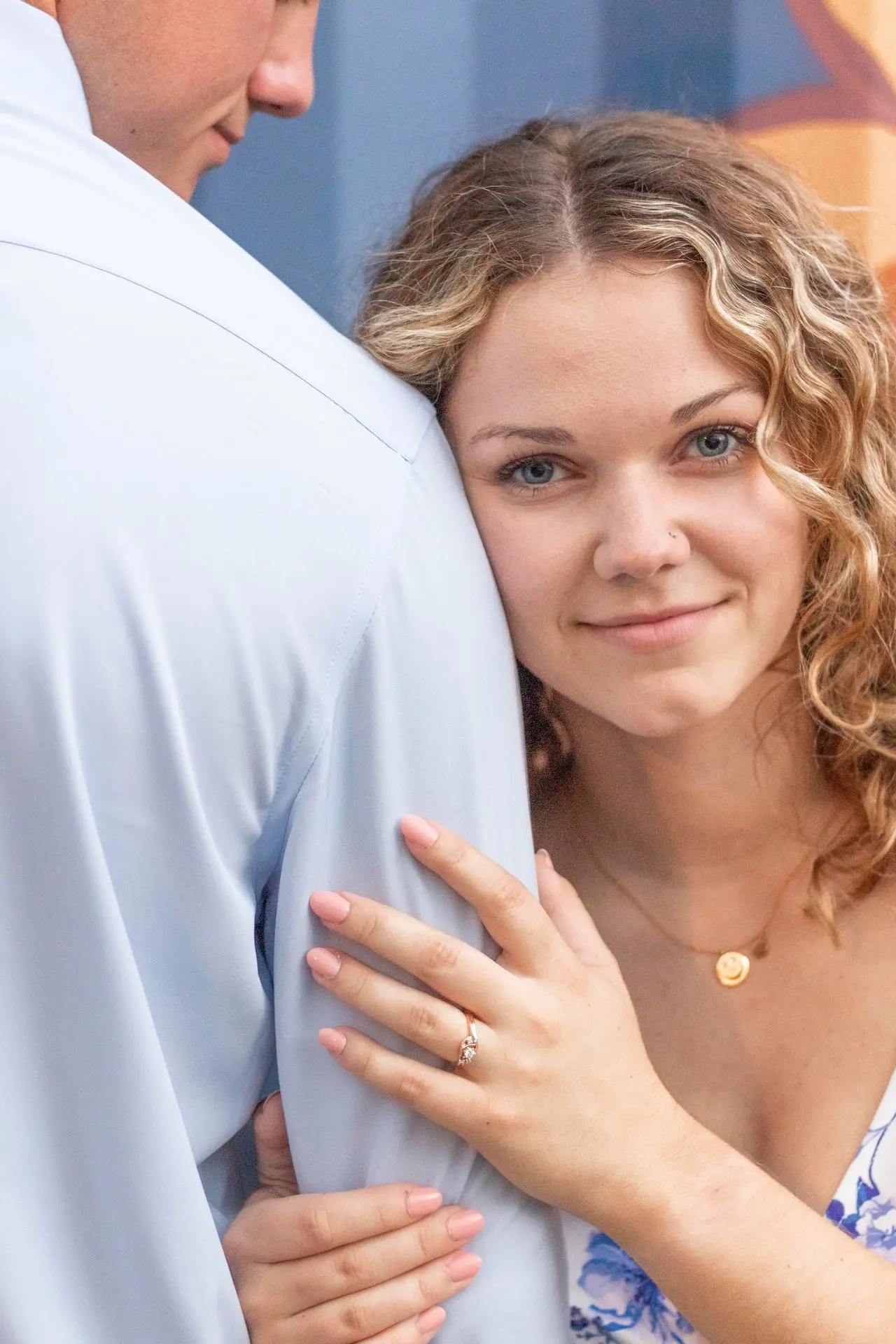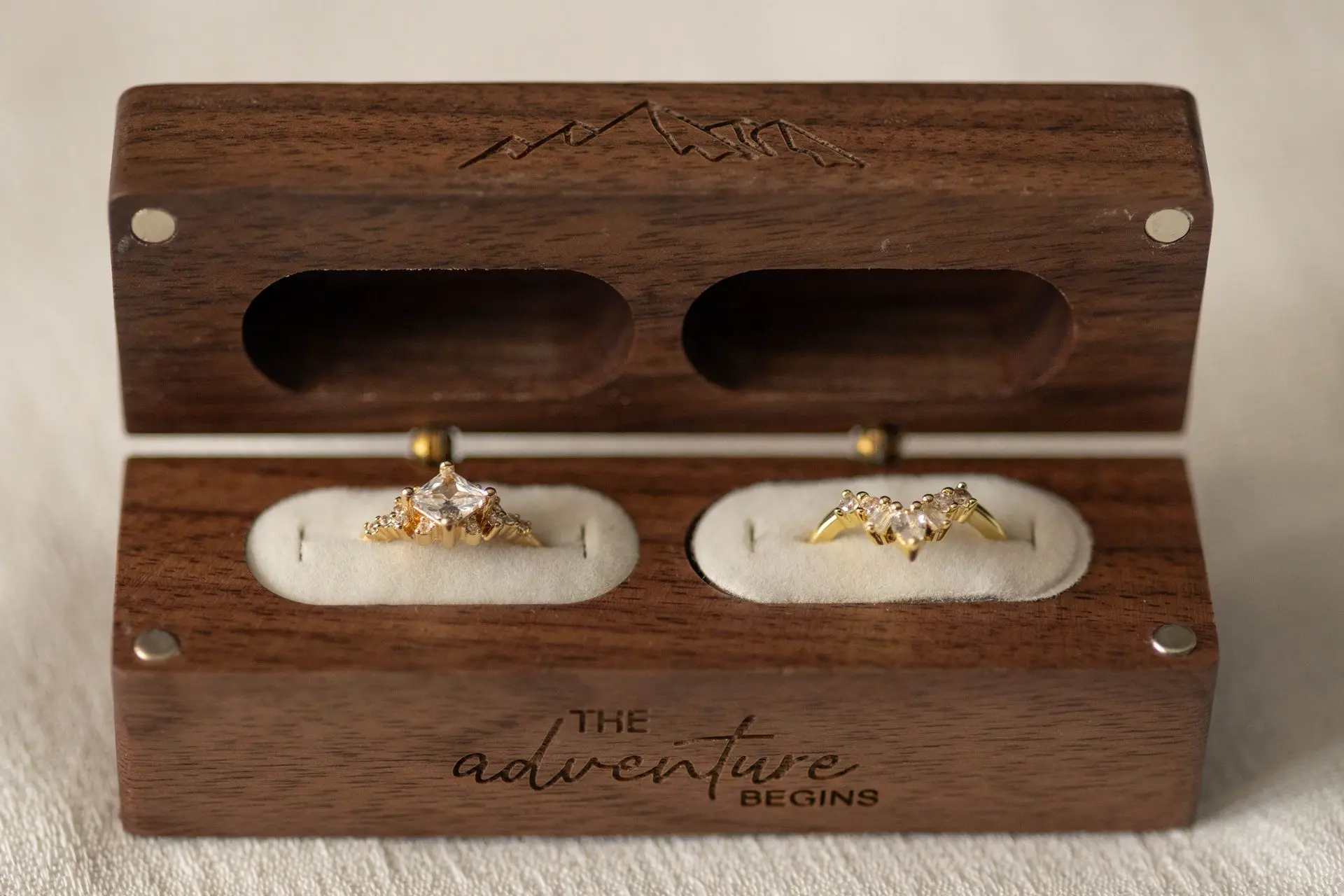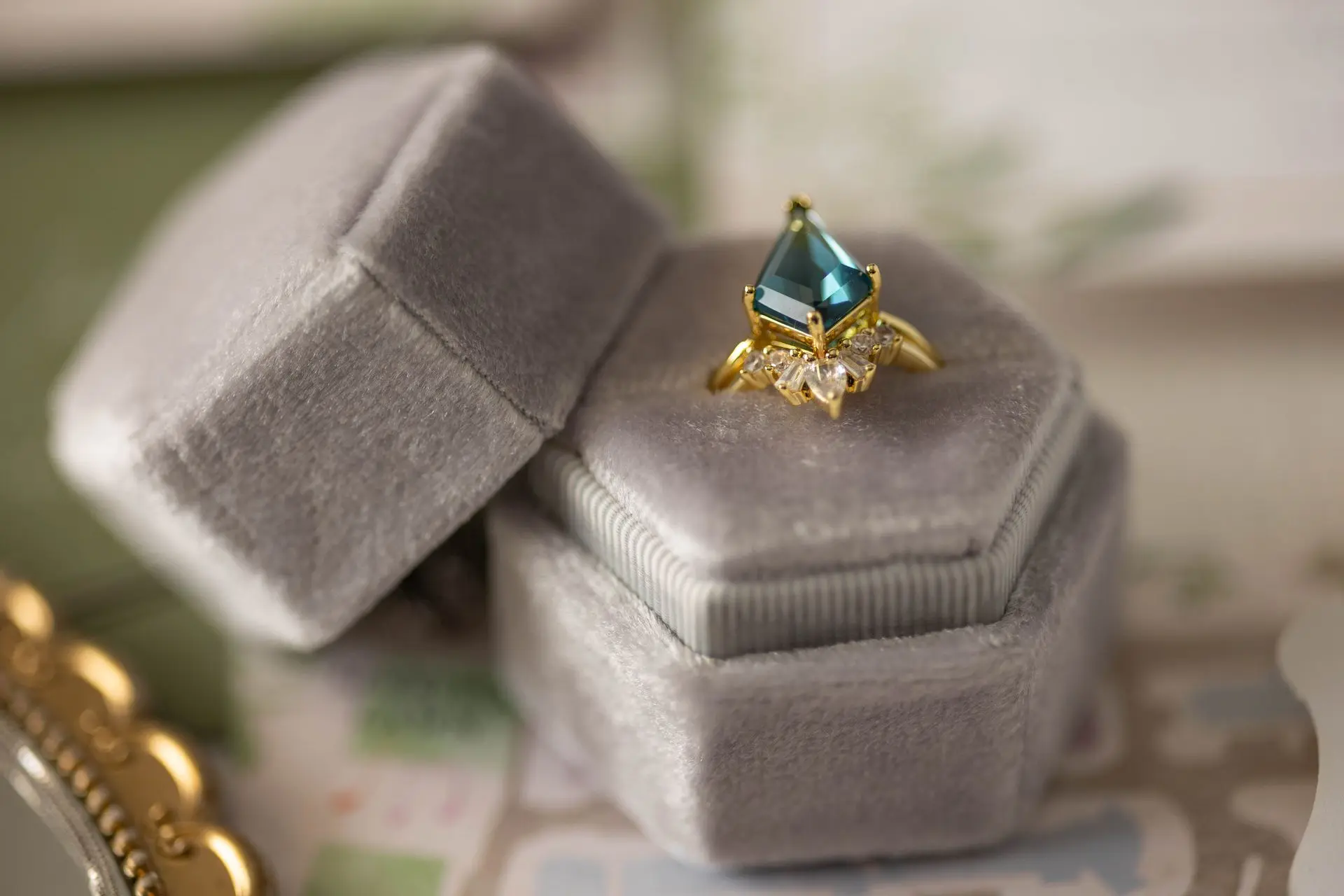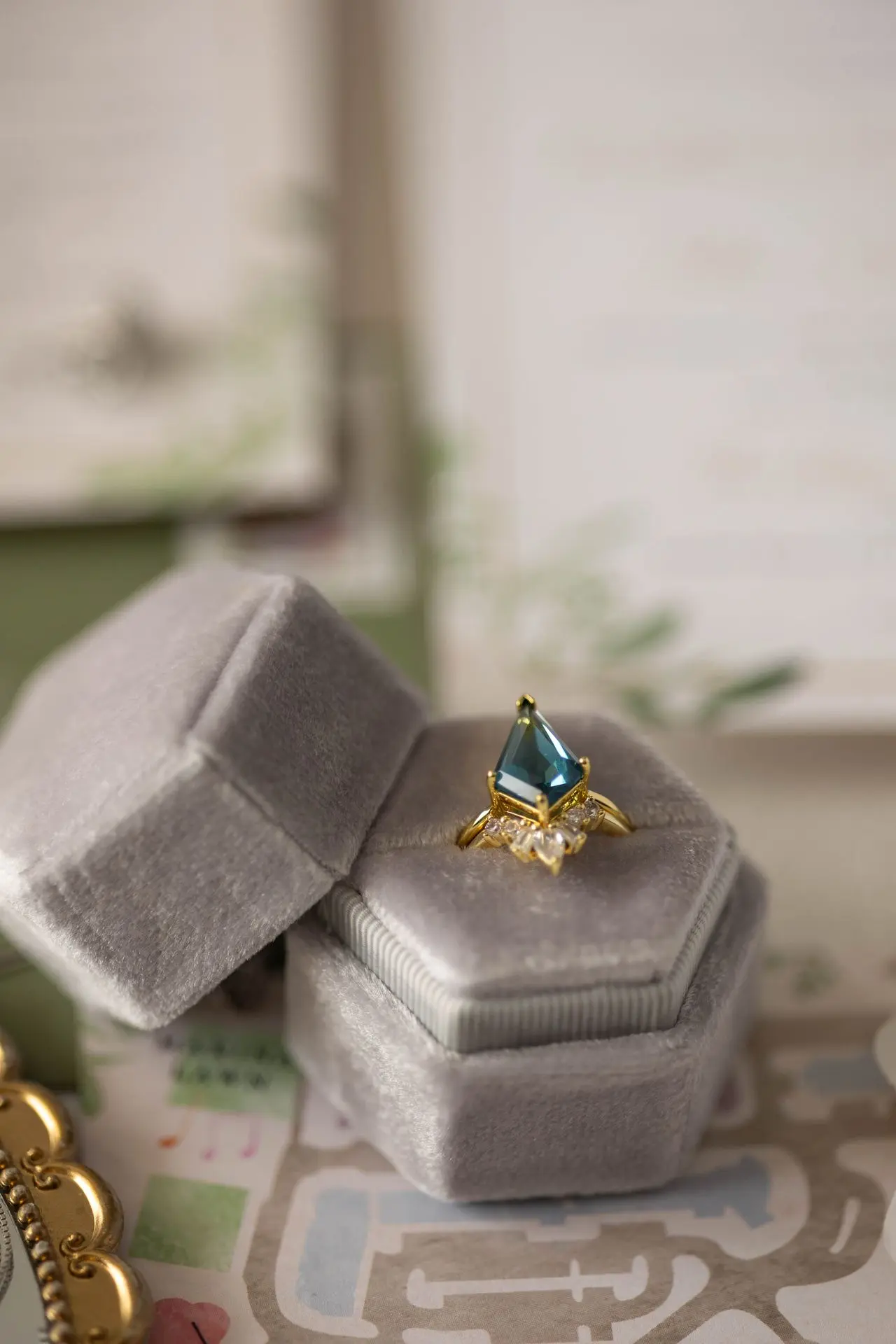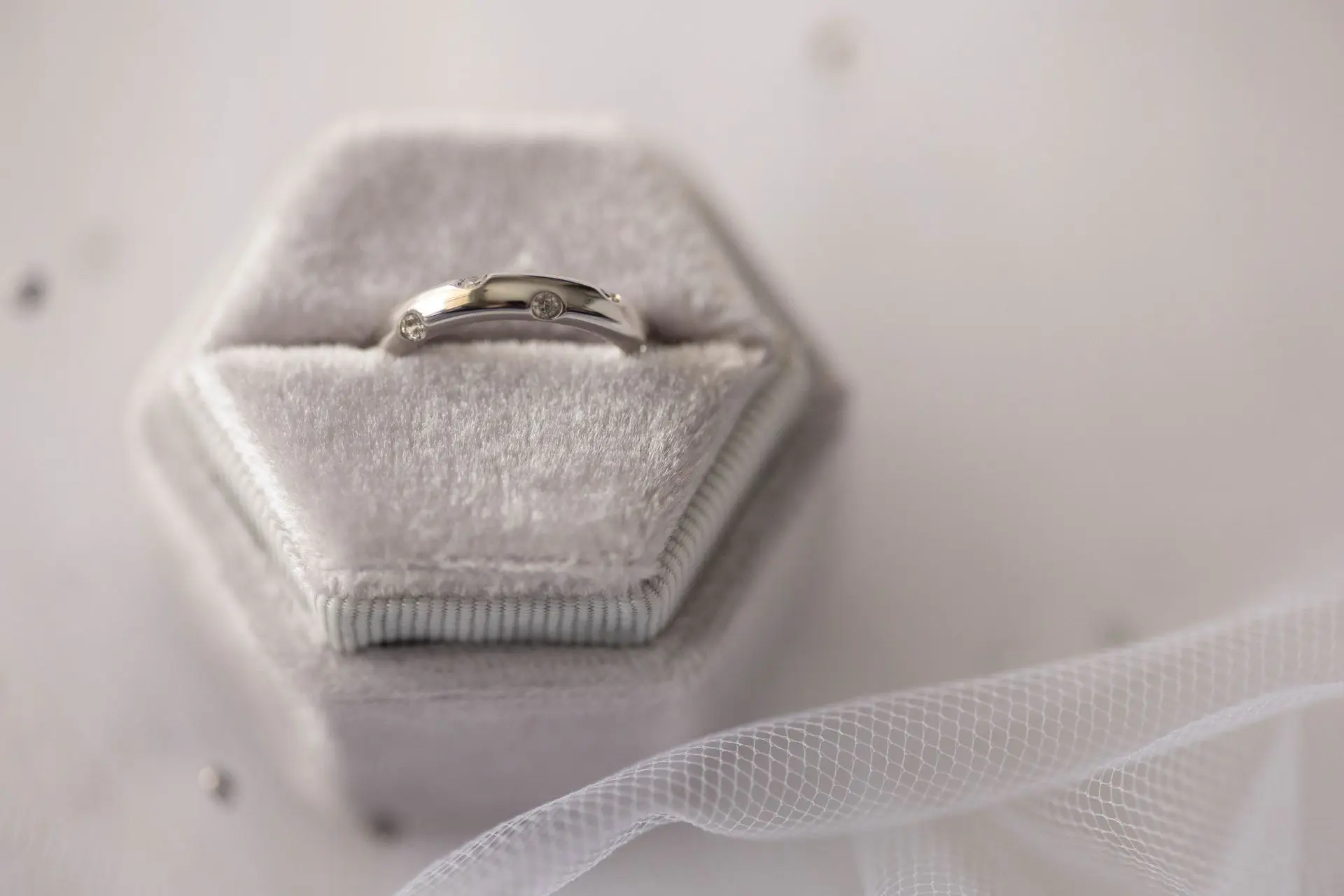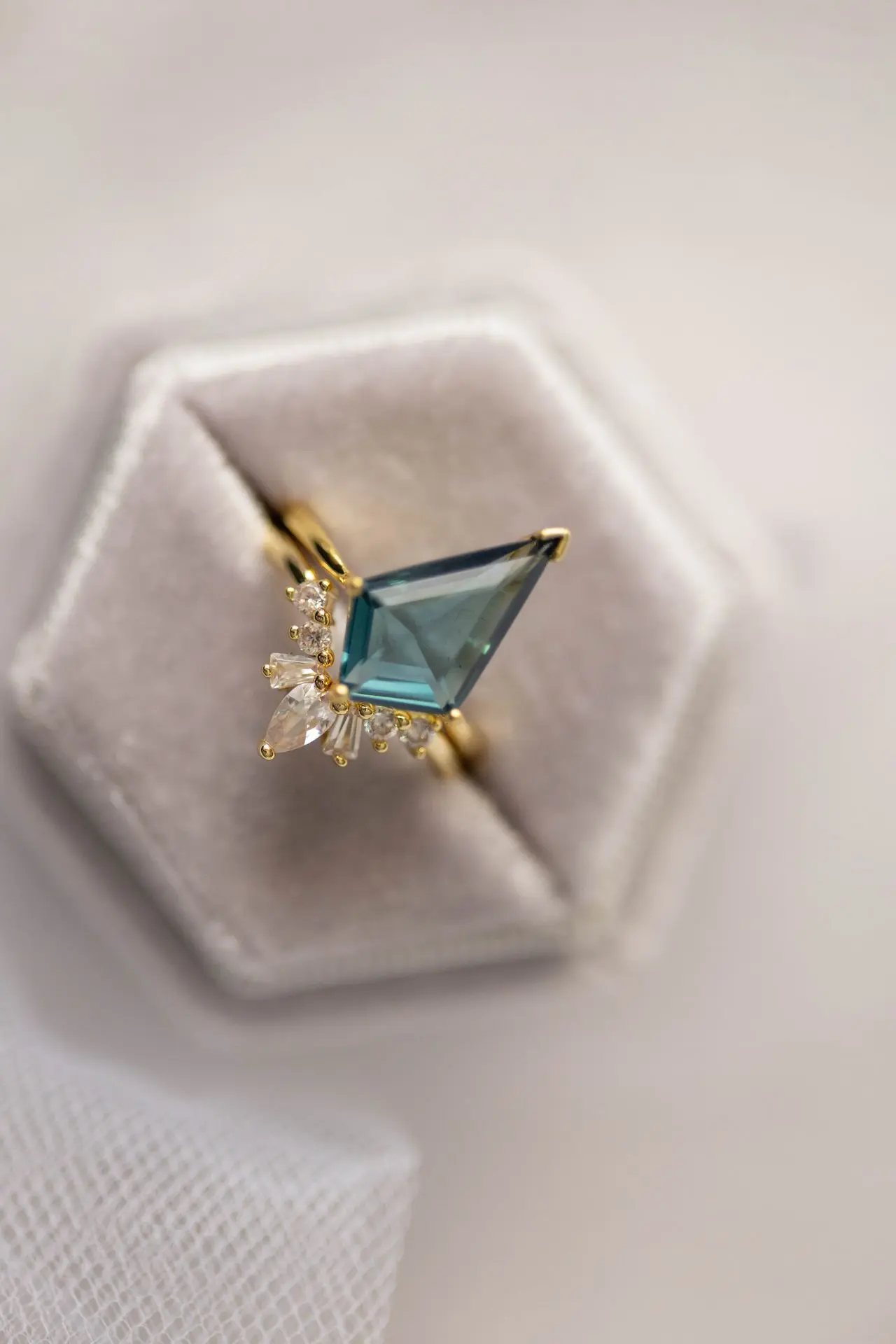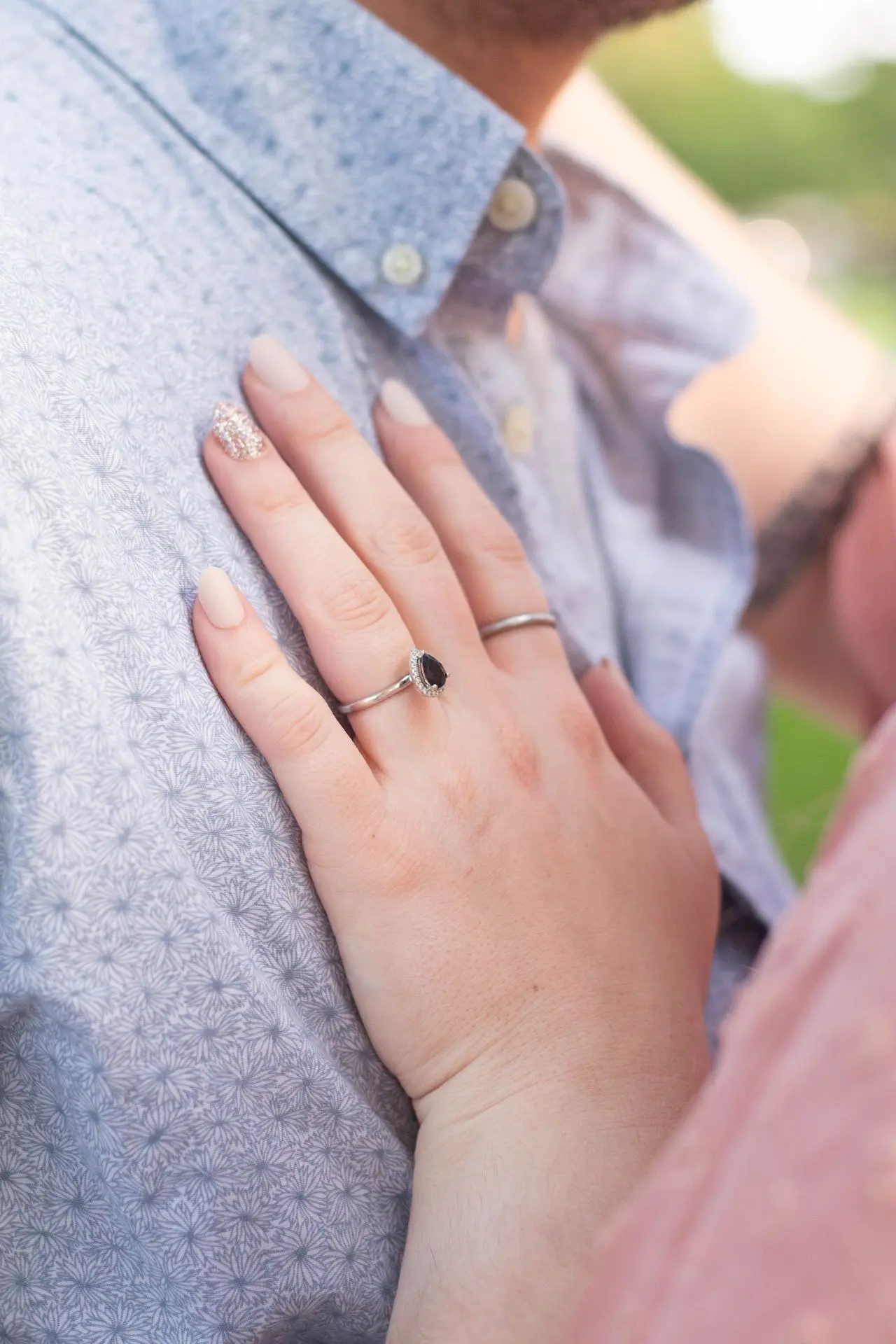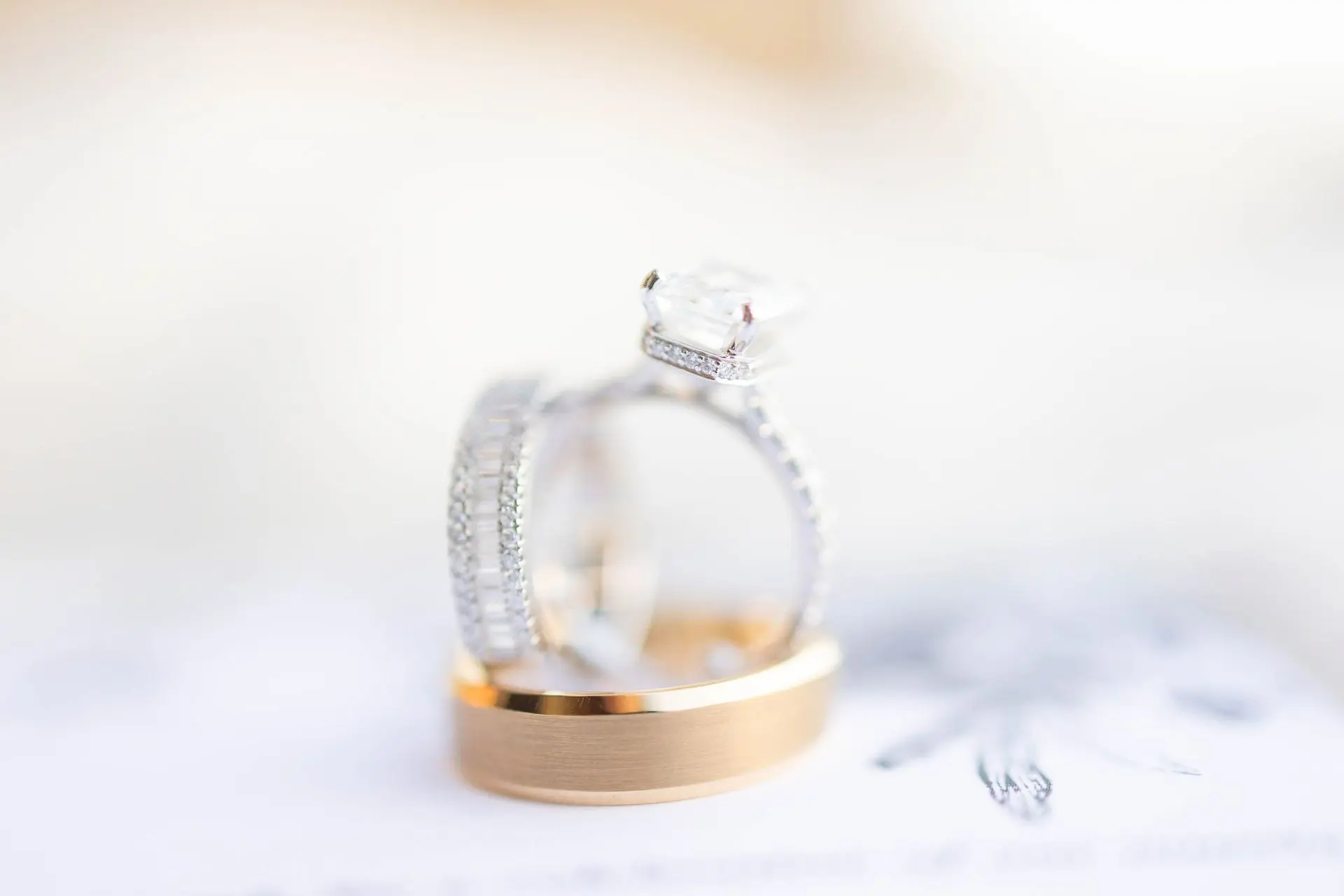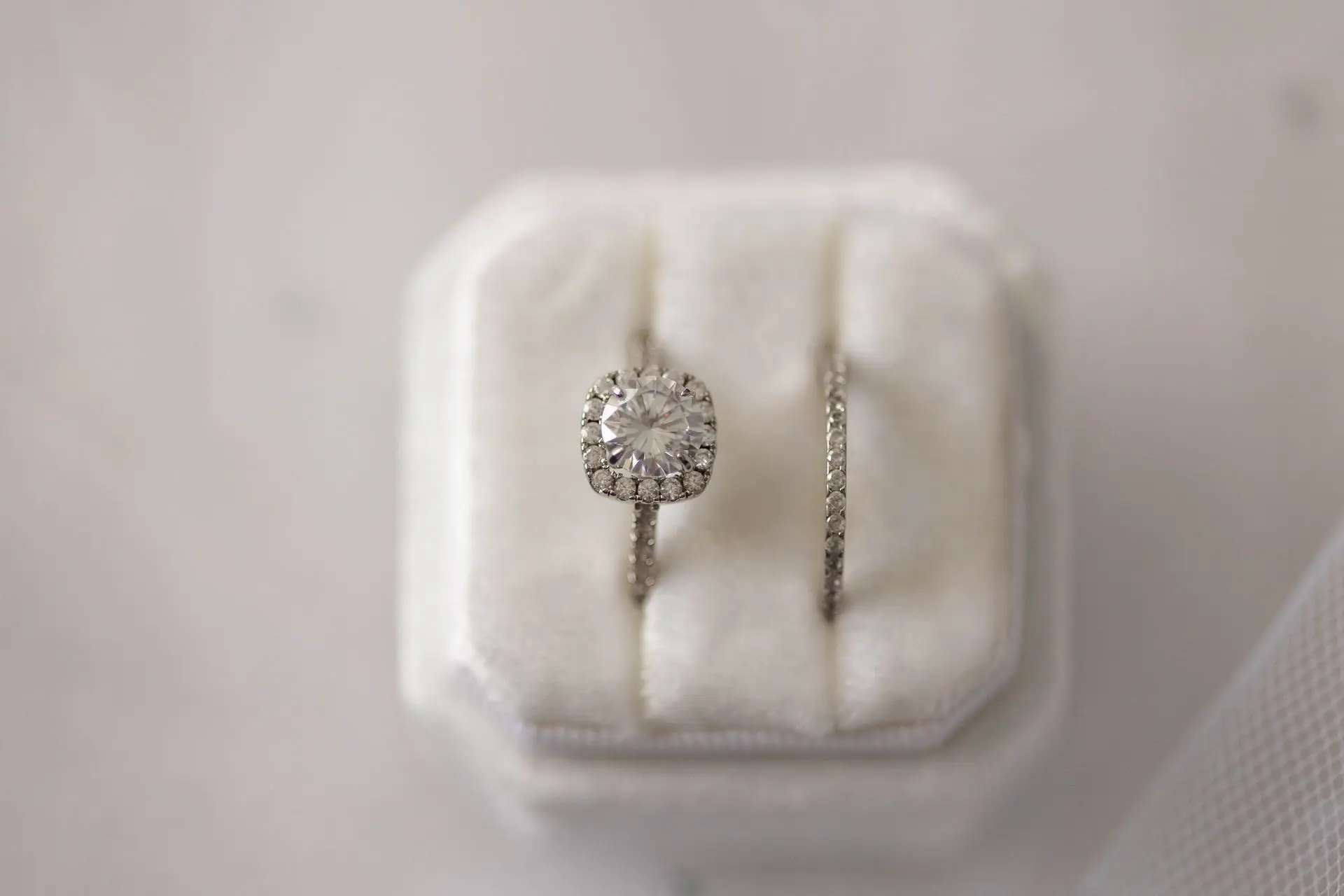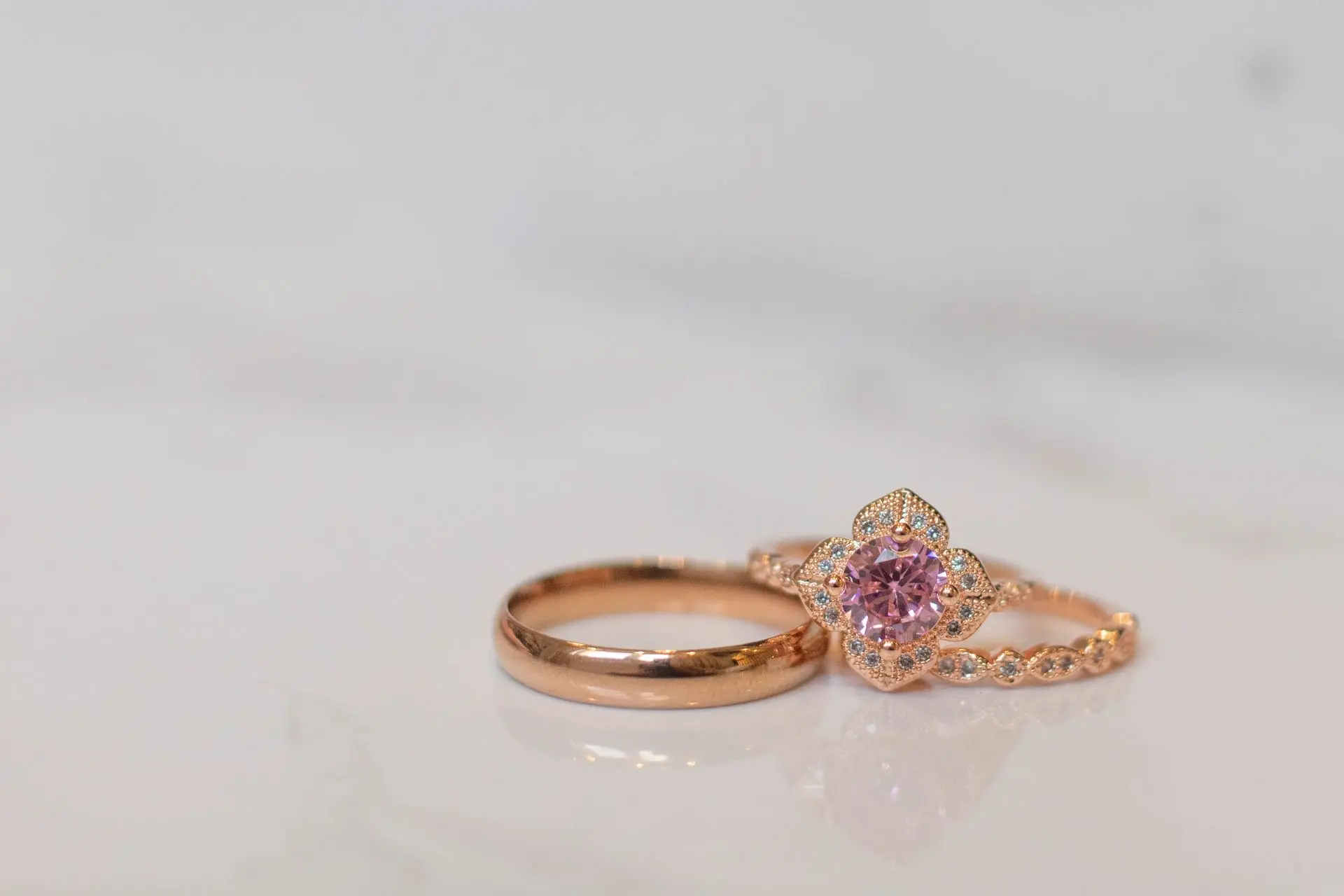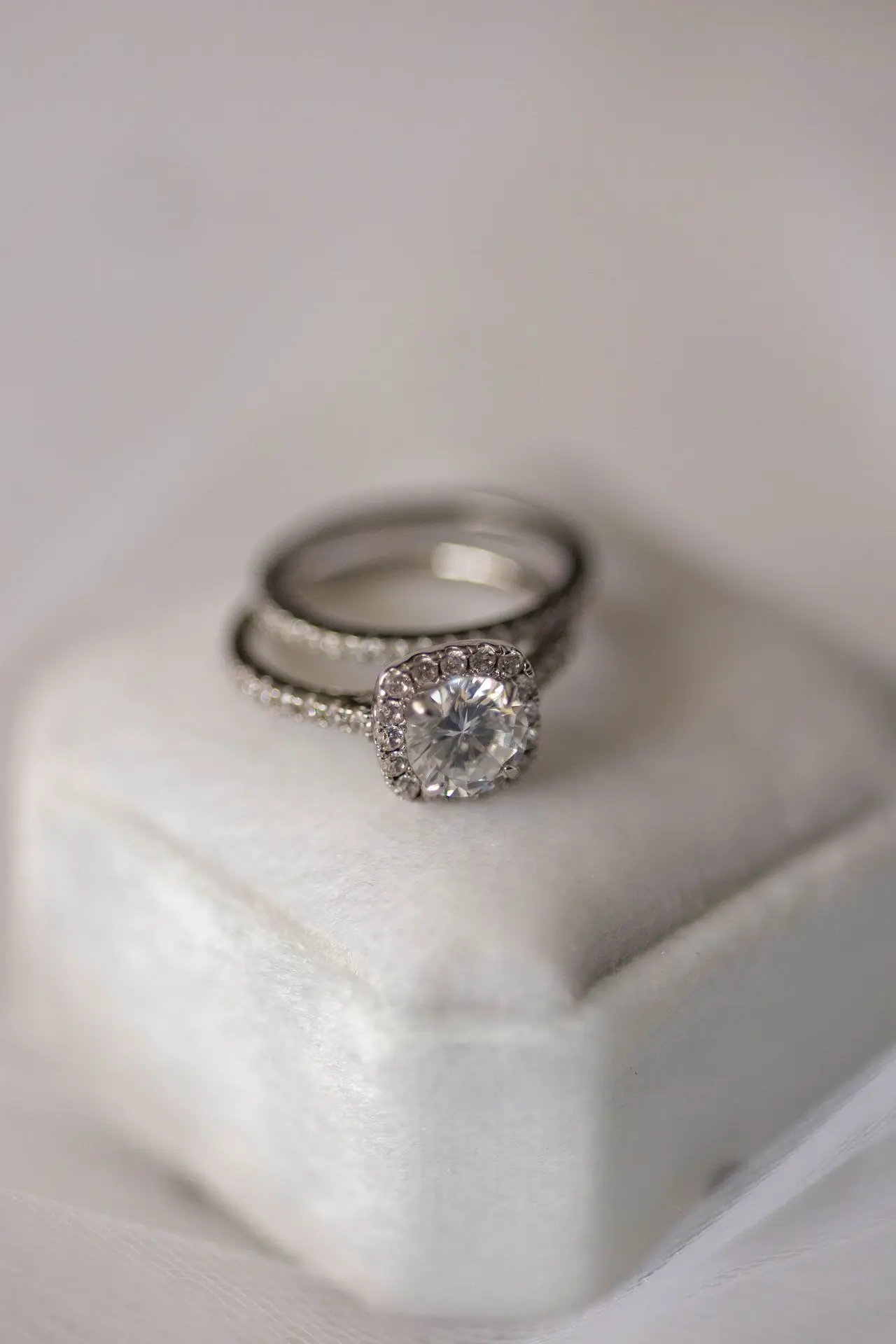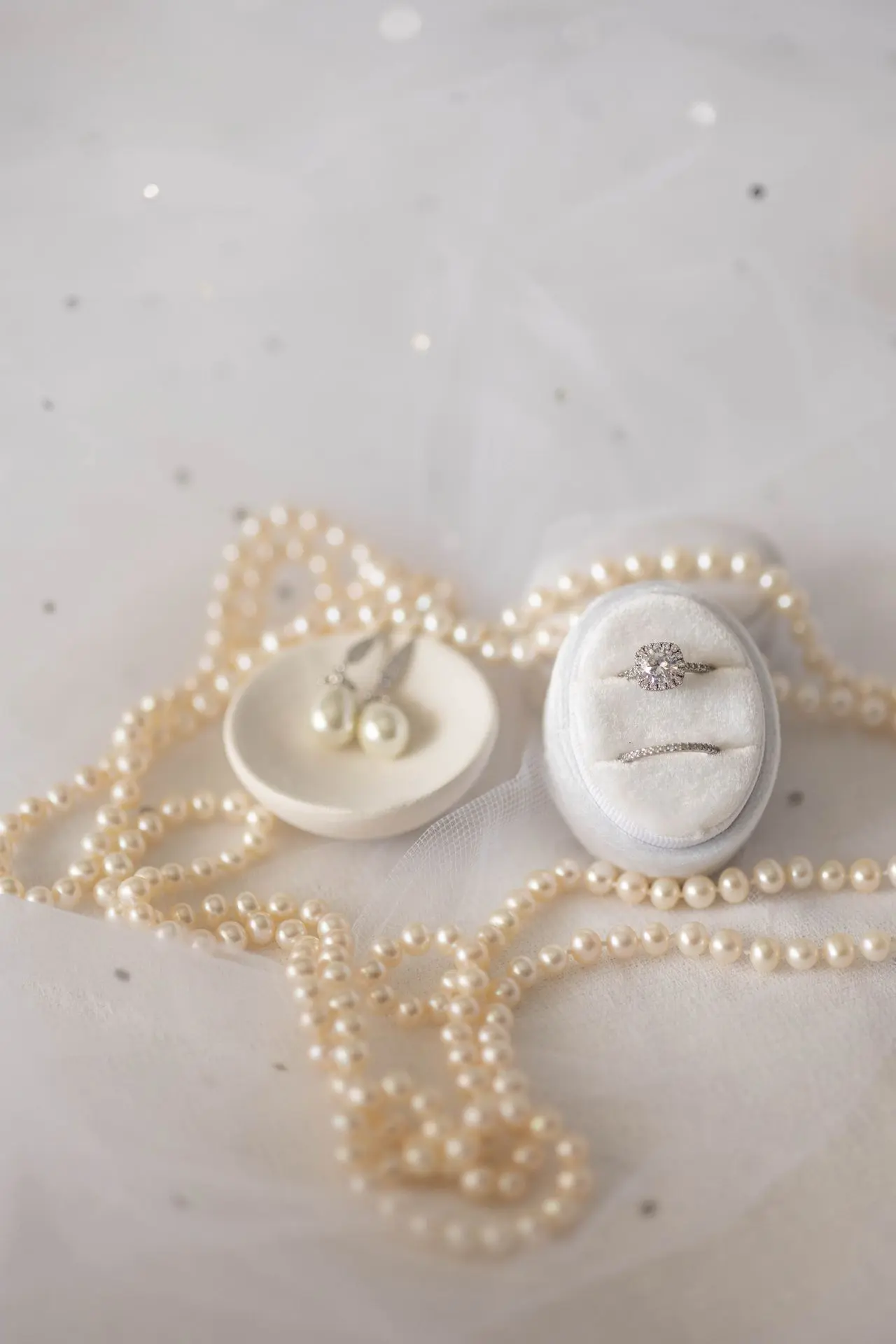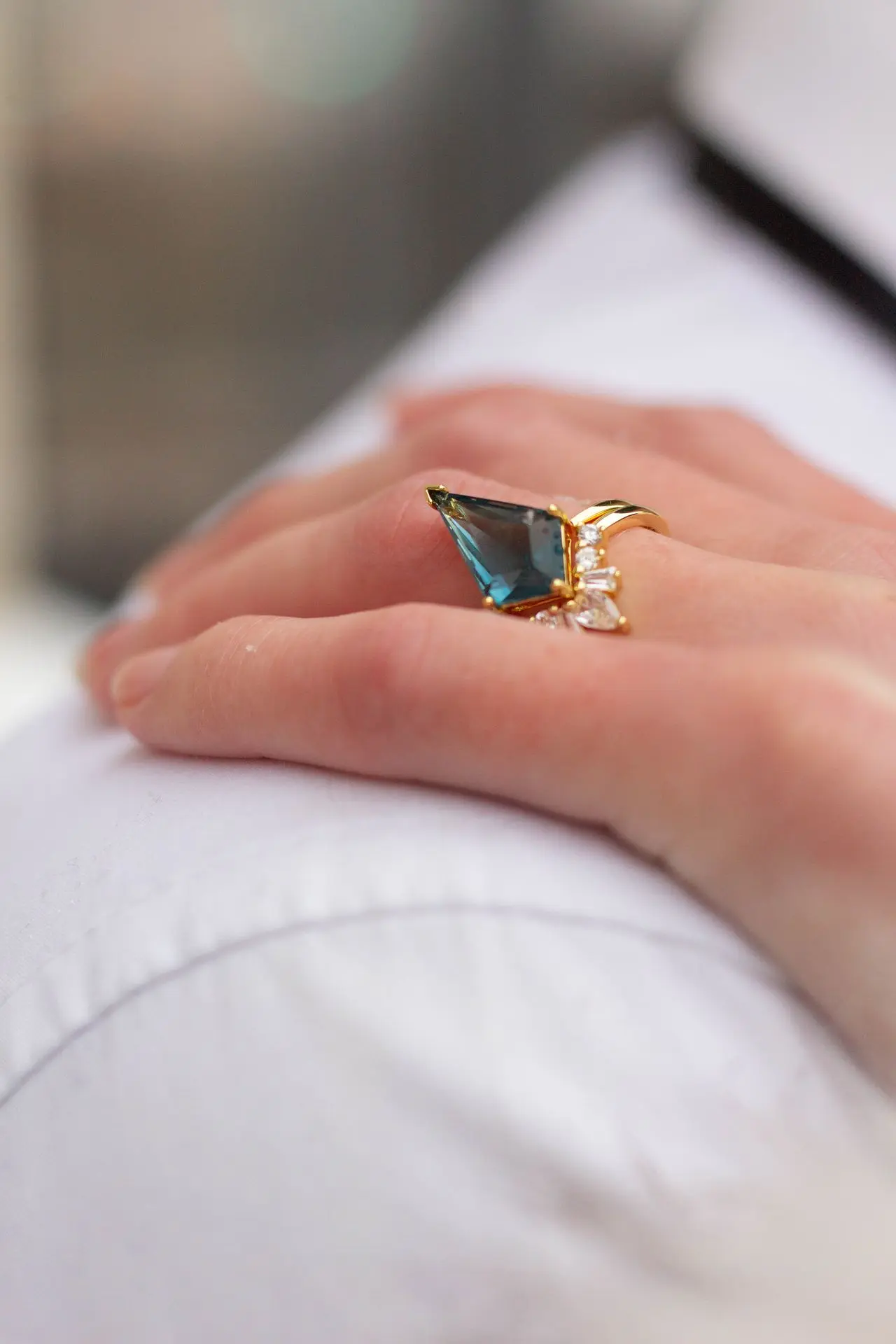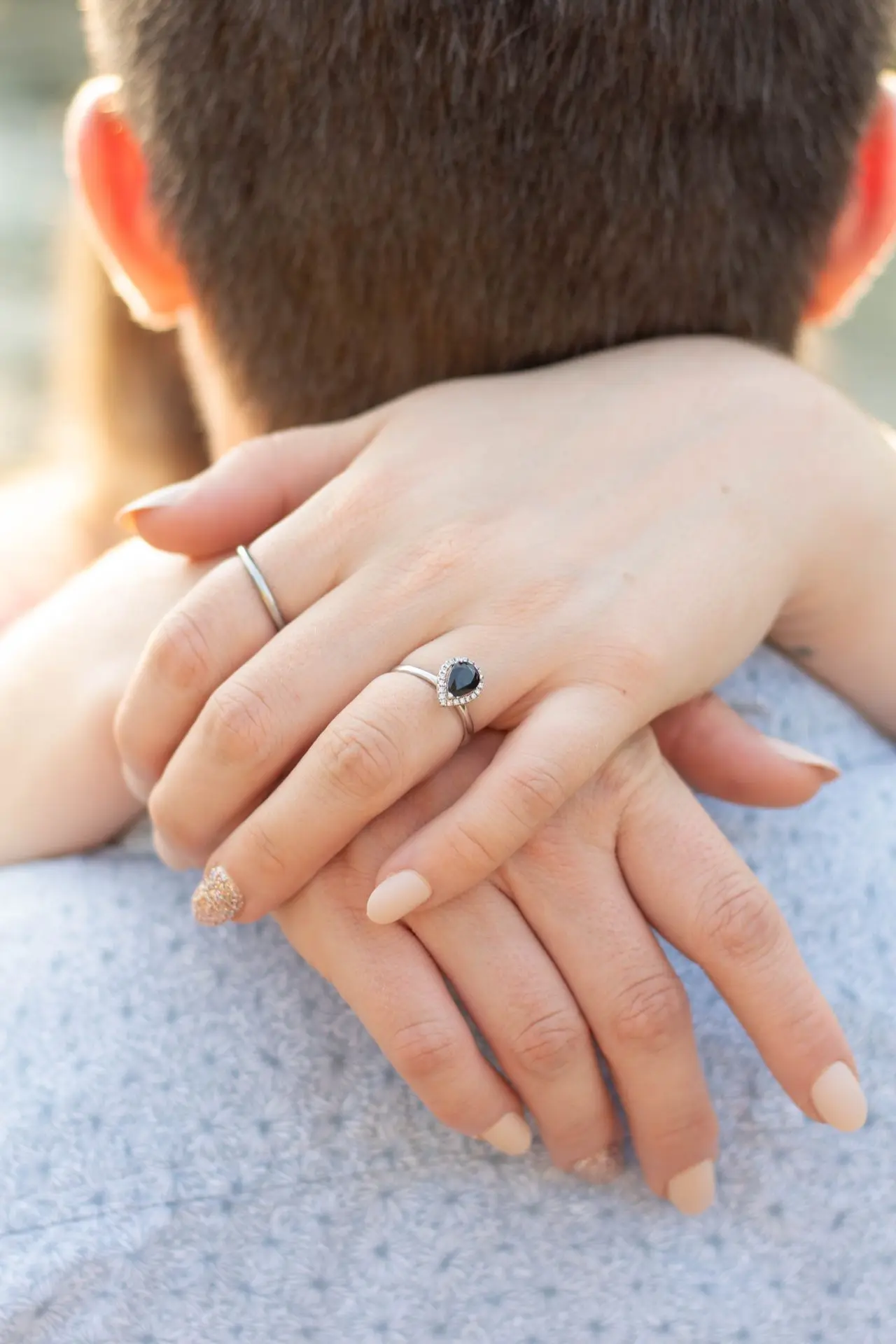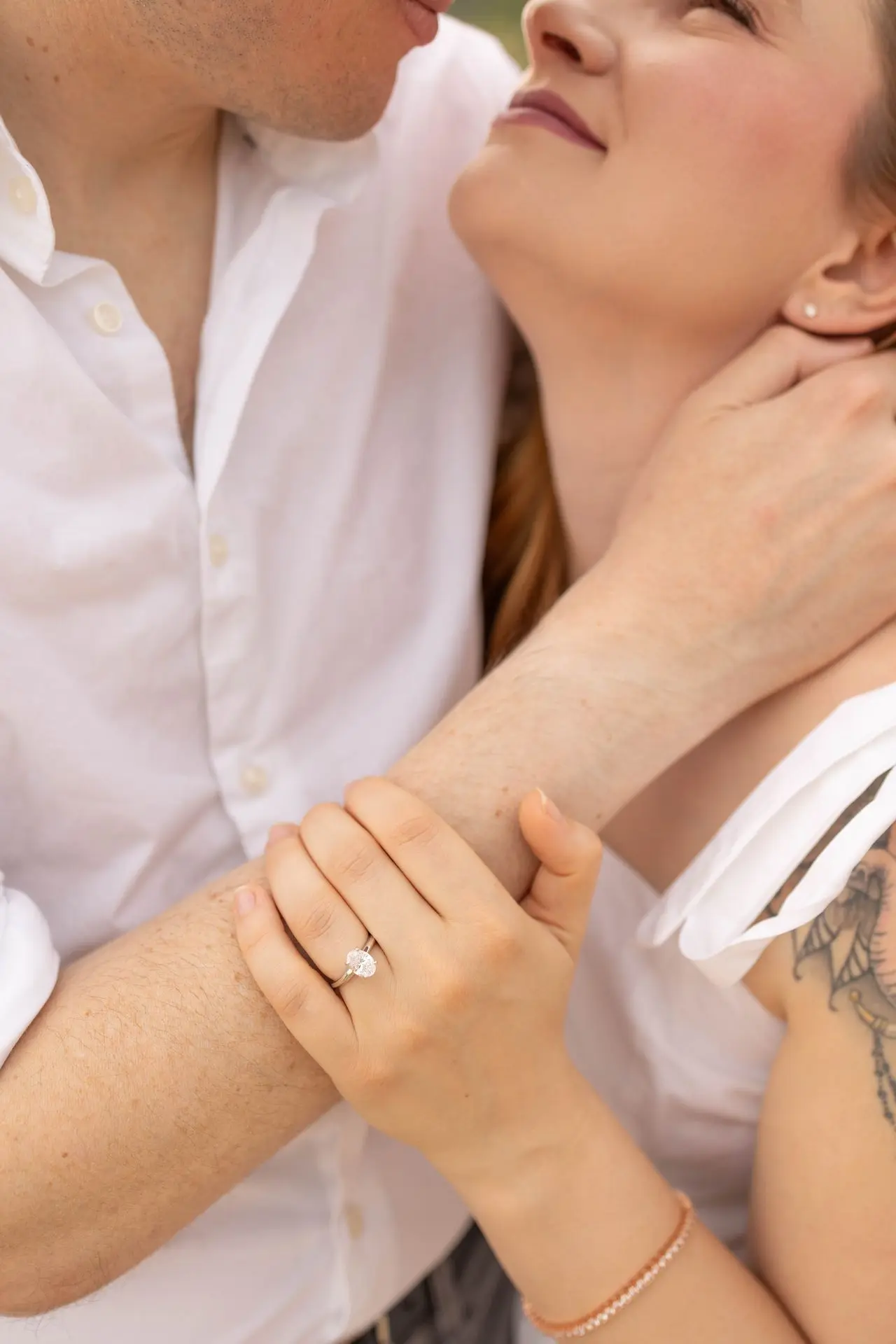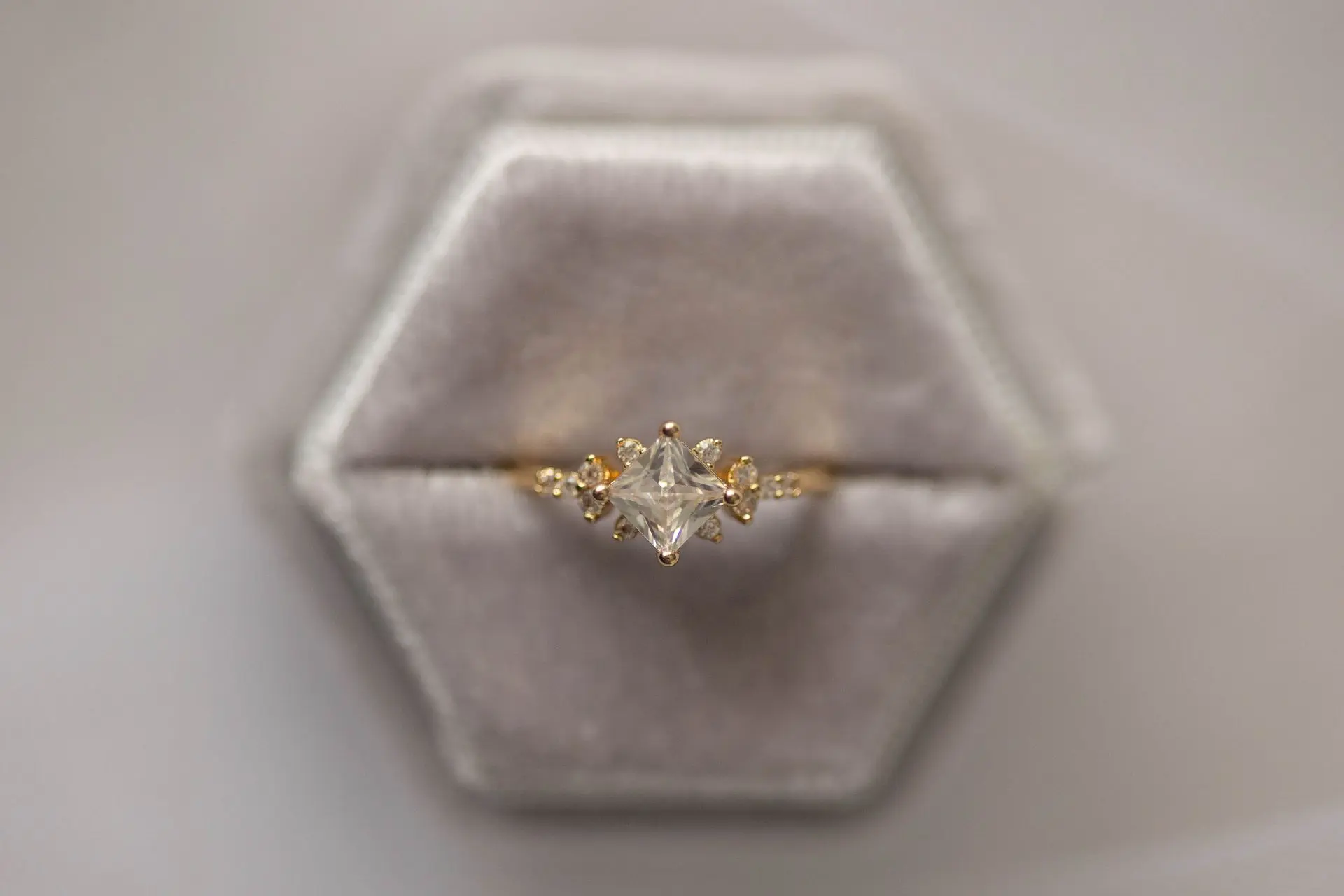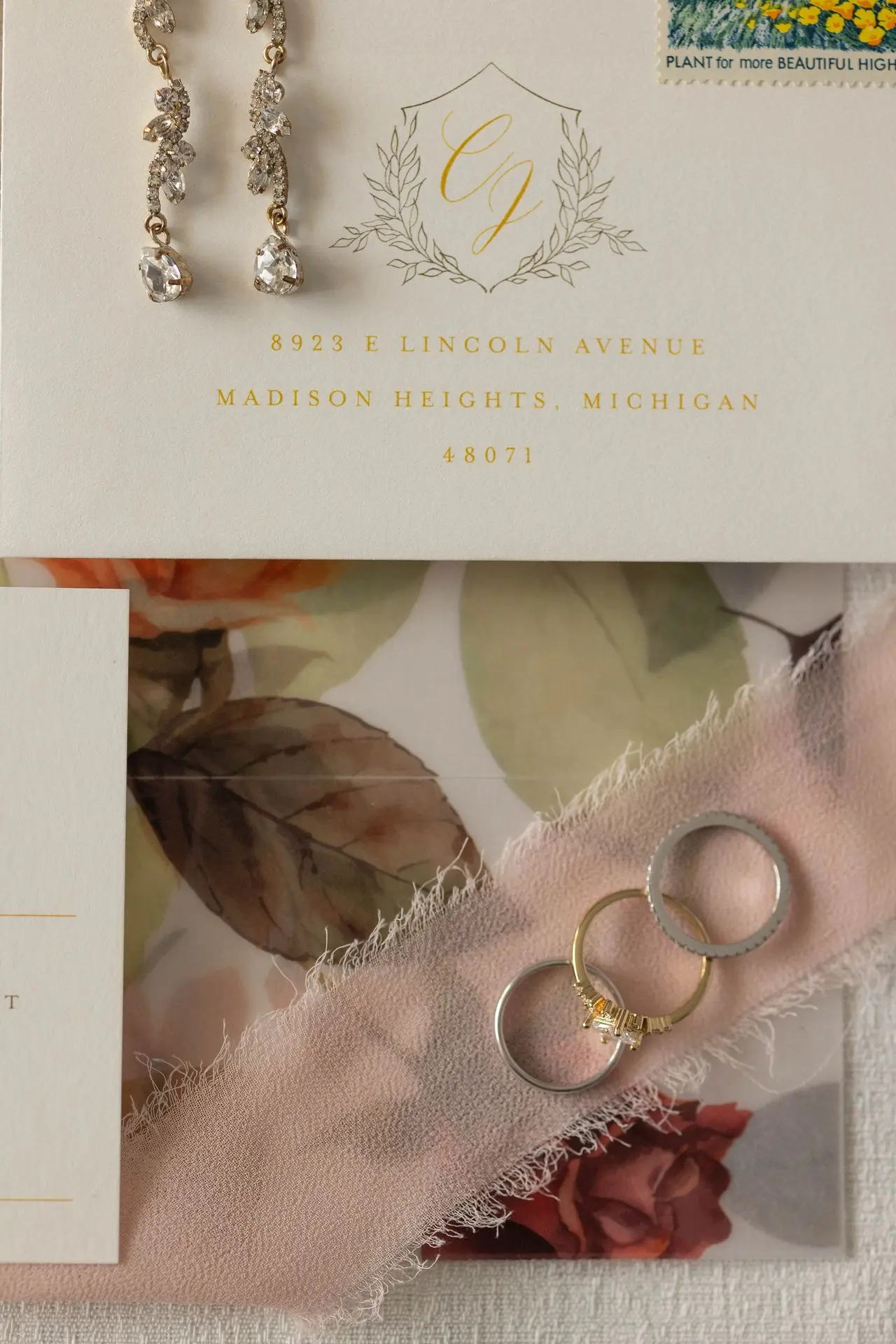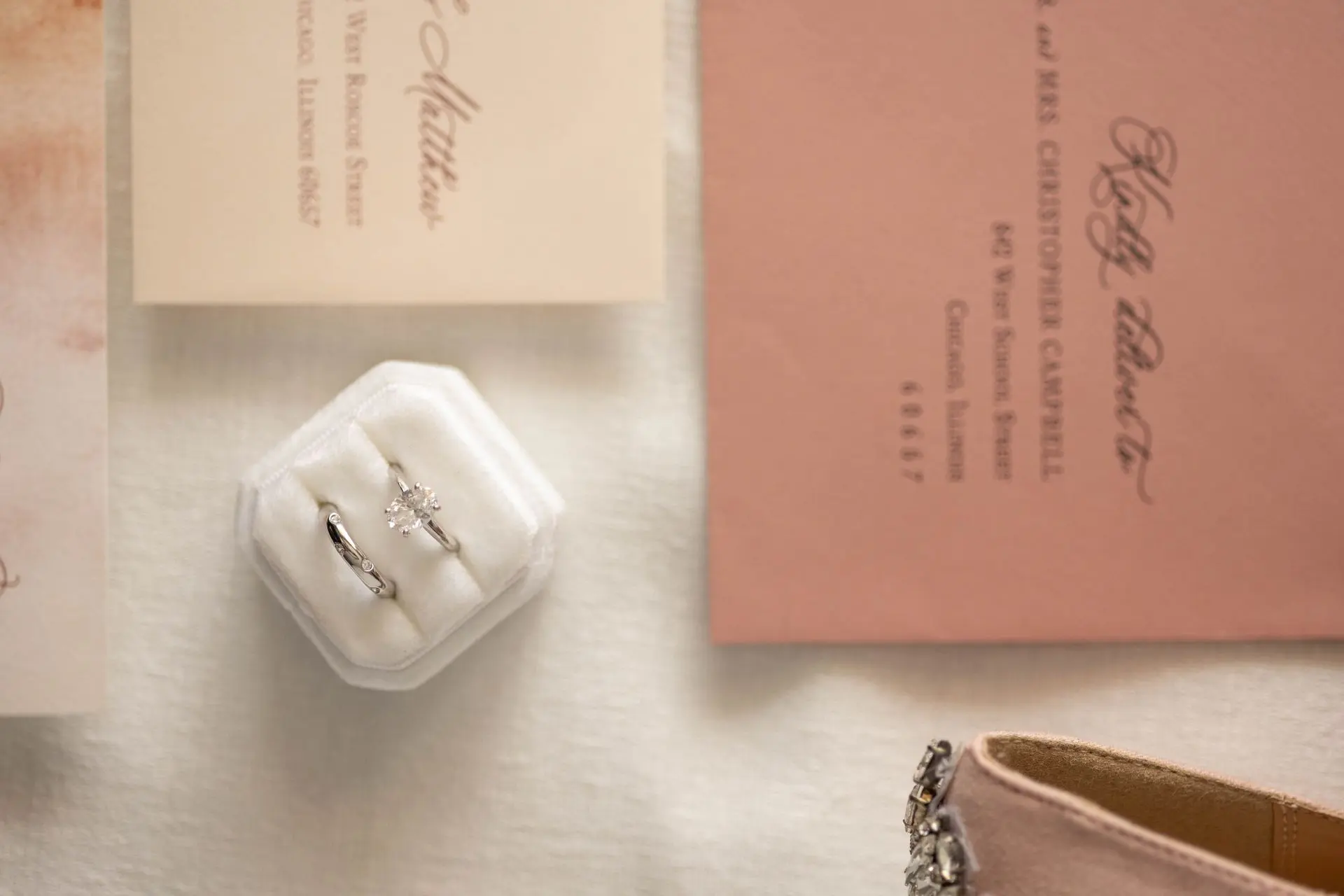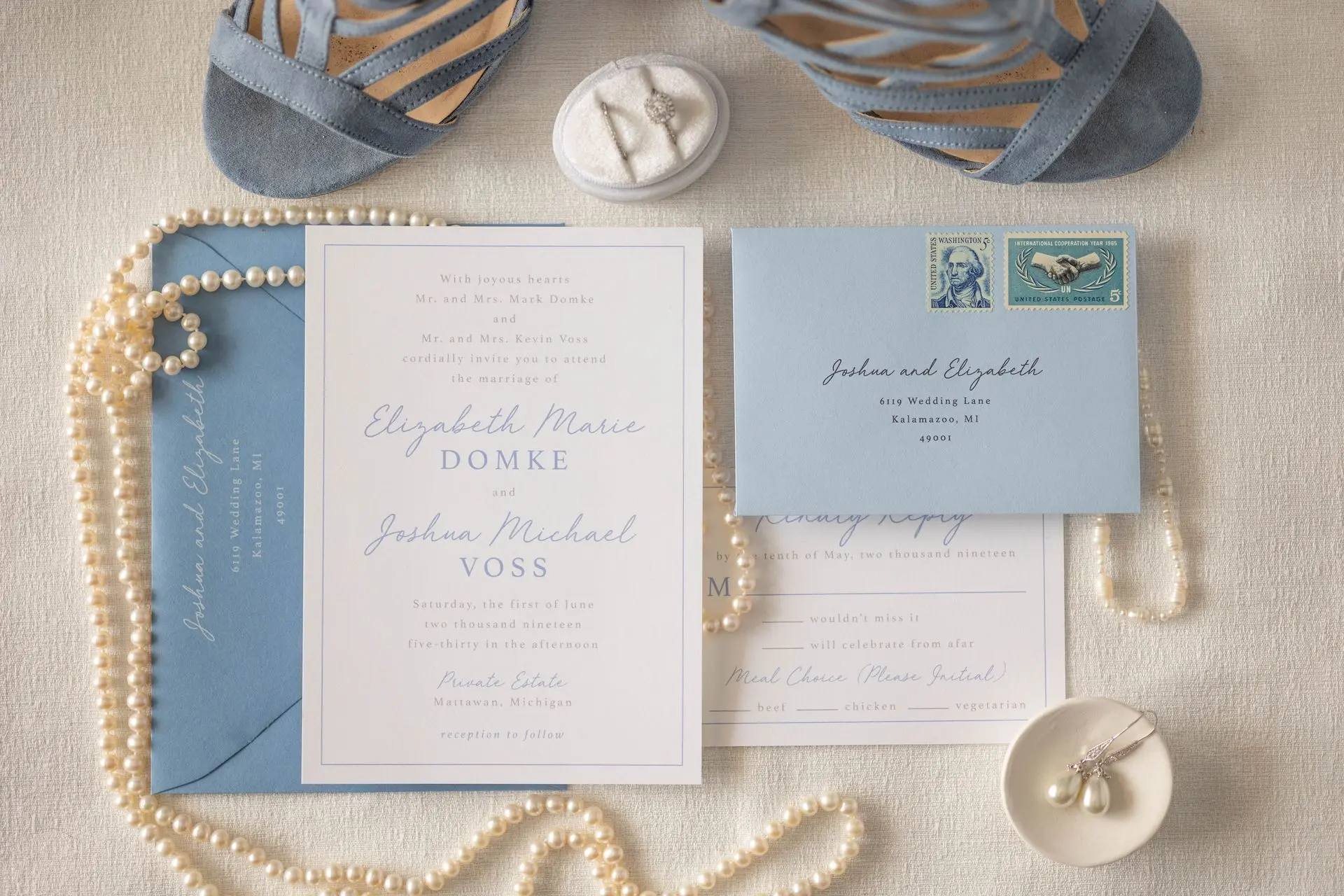So You’re Thinking About Getting Engaged?
Here’s How to Pick the Perfect Engagement Ring from Two Former Jewelry Experts
If you’re thinking about getting engaged, then you have probably been looking at engagement rings. Whether it’s on Pinterest, in stores, or just your friends’ rings, there are so many options. It can be overwhelming to even know where to start, so let us help you!
Although we’re photographers now, we met when we both worked at a high-end jewelry store doing exactly this: helping couples choose engagement and wedding rings! We’re now taking those years of knowledge and experience to help you in every step of this exciting journey.
So what’s your style?
If you’re unsure, that’s okay! About half of the people we helped had no idea where to start or what they liked. Let’s start by identifying what the styles are. (Plus, you’ll look like a pro when you are shopping). Here is what we need you to know:
Every style has pros & cons. It’s up to you to decide what you love and what will work best for your lifestyle.
Classic
Classics are typically styles that are simplistic in design, giving a timeless look. The best example of this is a solitaire ring: just a metal band and a center stone with no stones on the sides of the ring. Your other classic styles include pave (pah-vey) which has back-to-back stones along the sides of the band where the sides of the stones are exposed. This allows for the most light to reach them, creating more sparkle. You also have channel set rings which have stones set all along the band. This style has a thin row of metal along the outer edges protecting the stones from moving or falling out.
Vintage
Vintage styles tend to have a lot of small, beautiful details to them. These rings often invoke nature motifs and/or scroll work, which we call filigree. You’ll find lots of vintage styles that look like vines or leaves on the bands. Unlike our classic friends above, the stones typically are not lined up along the entirety of the band. Oftentimes, but not always, the stones are sprinkled throughout the design.
Art Deco and Modern
Art Deco and Modern designs tend to have unique shaped stones, contemporary metal design, and asymmetry. You will find different shaped stones for the side stones from baguettes (long, thin rectangular stones) to marquise (an oval that’s pointed on both ends) and ovals, these styles are extremely unique in overall look. The styles can often use more metal to secure the stone to the ring. Two examples of this are bezel settings, where metal wraps all the way around the stone, or tension setting, where two thin bars hold the stone. The thin bar of tension settings allow light into the center stone creating more sparkle.
Halos
Although you will find halos in all of the other styles listed here, they deserve their own section! Love them or hate them, halos are controversial. Brittany used to be strongly opposed to halos until she worked in the jewelry industry. It’s a common misconception that halos are used to save money by getting a smaller center stone while the halo makes the center stone appear larger than it really is.
While they can be used for this purpose, there is more to them than just making the center stone appear larger than they really are. Halos are most commonly used as a decorative accent to add style or even personalization to a ring. You can get halos in all shapes and sizes to fit any center stone.
The stones on the halo itself can also be different shapes (these are my favorites) like baguettes, marquises, or even pears, which are half oval and half marquise. The stones can also be colored, which adds some flair without making the center stone itself look bigger. Your last halo option is a hidden halo. It’s a ring of stones that goes under the center stone on the head of the ring so that when you look at the ring from the side, you see the stones, but you do not actually see them from the top. This can be a fun little personalized detail to add to a ring that only you and your fiance know about. (Talk about a wow factor).
Which style is for you?
If you’re feeling overwhelmed by the options, start by asking questions that you do know the answers to that can help us narrow it down. Here are some of our favorite questions to ask:
What does the jewelry you currently wear look like?
This can be rings, necklaces, earrings, or maybe even a lack thereof jewelry.
Does it have lots of stones?
Pave or channel set might be the way to go or even considering a halo. Are they diamond or colored stones?
Do they have more metal or stone on them?
More metal would be closer to an art deco/modern look and more stones would be more classic and vintage.
Are they smaller, more delicate pieces, or statement jewelry?
Delicate pieces would indicate a classic or vintage style and statement pieces would more closely resemble art deco rings.
What metal color is it?
(Yellow gold, white gold/silver, or rose gold)
There is literally no wrong answer here, we just want to make sure you get the right color.
What do you do for work and/or hobbies? What does your lifestyle look like?
While this one may sound odd, some styles are more conducive to certain jobs and lifestyles. If you work with your hands or wear gloves at work regularly, something with small metalwork or exposed stones is not the style for you unless you are willing to take your ring off for work. The best option would be a solitaire ring or a channel set ring where the stones would be less prone to snagging on things.
How to make sure you get the ring you want?
There are many ways to communicate about the type of ring that you want. We believe that you can tell your partner what you want. A way you can do that is to show them photos or give them a list of features that you love and features you would prefer to stay away from. This will help both your partner and the sales associate know what direction to go while shopping.
Send them photos!
This is so helpful when your significant other comes in to buy an engagement ring. If there are pictures you’ve seen that you love, send them! They will not know if you do not communicate. Showing them pictures of inspiration is just one more way to do that. Just remember that budget, time, and even location constraints might make those photos just inspiration and not the exact ring.
Go into jewelry stores together to look and try rings on.
Shopping together allows you space where you can tell them exactly which rings you like and why. You can even purchase the ring together if you want. Couples buying rings together is becoming more and more common, so don’t feel like you are not allowed to be there when they buy it. The timing and location can still be a surprise, but you will have peace of mind knowing you love the ring! Buying the ring together can be just one more thing to celebrate.
Talk about your center stone.
Do you want a diamond, colored stone like a sapphire (they come in every color of the rainbow), or a lab grown diamond? I recommend at least having the discussion about budget before going into the store so you are on the same page, but your sales associate should be able to educate you on the differences and perceived pros and cons to each option.
Do you want a matching set?
If it’s super important to you that your set matches perfectly (or as close to perfectly as possible- remember all stones are slightly different in size, cut, and color so the side stones may not all line up perfectly, but it will be close), we recommend buying the set together. You never know if or when a style will be discontinued and it’s best if you purchase them at the same time. If you have colored stones in your ring, they are also most likely to match the best if you buy them at the same time. If that’s not a concern for you, check out our when to buy wedding bands post here.
At the end of the day, an engagement ring is supposed to reflect you and symbolize your infinite love, so pick something you love, but remember to be in the moment with your partner and have fun! Enjoy ring shopping!
